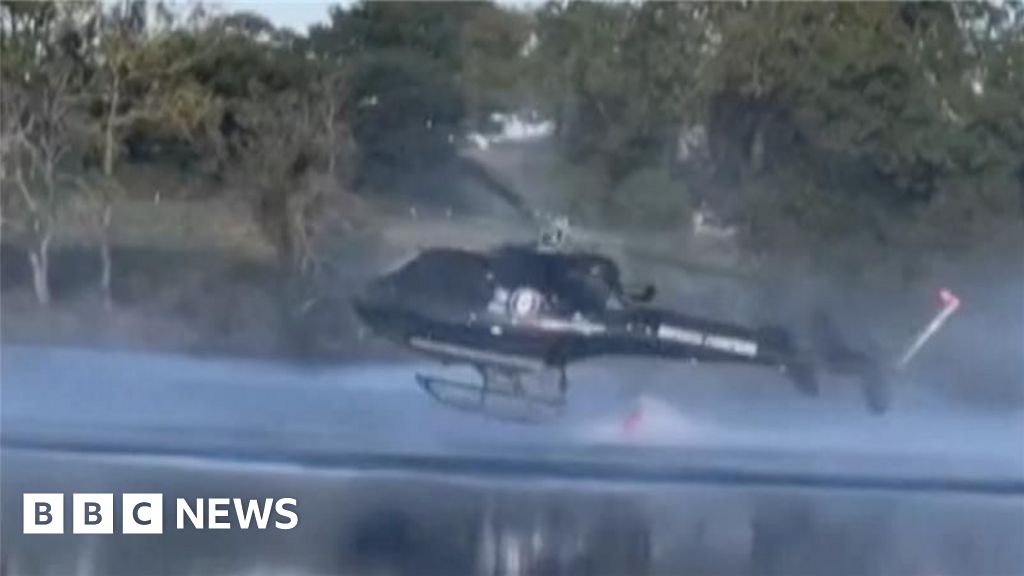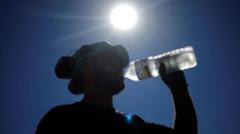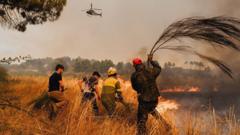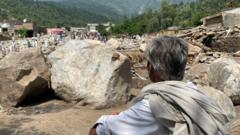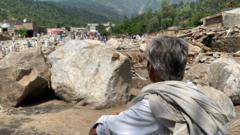The American Southwest continues to grapple with a megadrought that has persisted for over 25 years, causing severe impacts on water availability, agriculture, and wildfires. According to recent findings published in the journal Nature Geoscience, this unsustainable dry spell may not ease for decades, with some predictions extending as far as 2100.
Research led by Victoria Todd, a paleoclimatology doctoral student at the University of Texas at Austin, indicates that the ongoing drought is more than a temporary setback. It stems from Pacific Ocean temperature anomalies driven by global warming, suggesting that the region's water issues are rooted in a consistent and changing climate rather than a random cyclical pattern.
Since the early 2000s, the Southwest has experienced a troubling trend of moisture deficit, leading to profound consequences in a region where agriculture and industries, like computer-chip manufacturing, heavily rely on water. To better understand the historical context of this drought, Todd and her team analyzed sediment samples from the lake beds in New Mexico and Colorado, uncovering evidence of past dry periods.
Their work revealed a significant historical drought accompanied by warm climate conditions that impeded moisture delivery to the Southwest. The computer simulations indicated that during that ancient period, a persistent warm water mass in the Pacific shifted the jet stream, leading to prolonged dryness in the region. This phenomenon is notably reminiscent of the current situation where a stable warm water blob seems to be influencing climate patterns, largely due to human-induced atmospheric changes.
Experts, including climate scientist A. Park Williams from UCLA, have remarked on the thoroughness of the study, but they caution that the potential effects of this warm water anomaly on the Southwest's climate might be underestimated. He suggests that the risks associated with future drought could be worse than currently anticipated.
The compounding factors of human-induced climate change—higher temperatures resulting in increased evaporation from soils and plants, and altered patterns of precipitation—pose significant challenges. These conditions are now exacerbated by inherent natural climate variances that have historically governed water availability in the Southwest.
Furthermore, as highlighted by climate scientist Pedro DiNezio from the University of Colorado Boulder, these emerging trends suggest the possibility that human factors may now be overriding the natural climatic patterns previously understood. This is particularly evident in the recent El Niño events that typically bring wetter winters to the Southwest, which did not manifest in the last occurrence.
As scientists analyze these complex interactions, the consensus is clear: the region must prepare for a future where megadrought conditions may become the norm, with implications for water use, agriculture, and environmental resilience.










